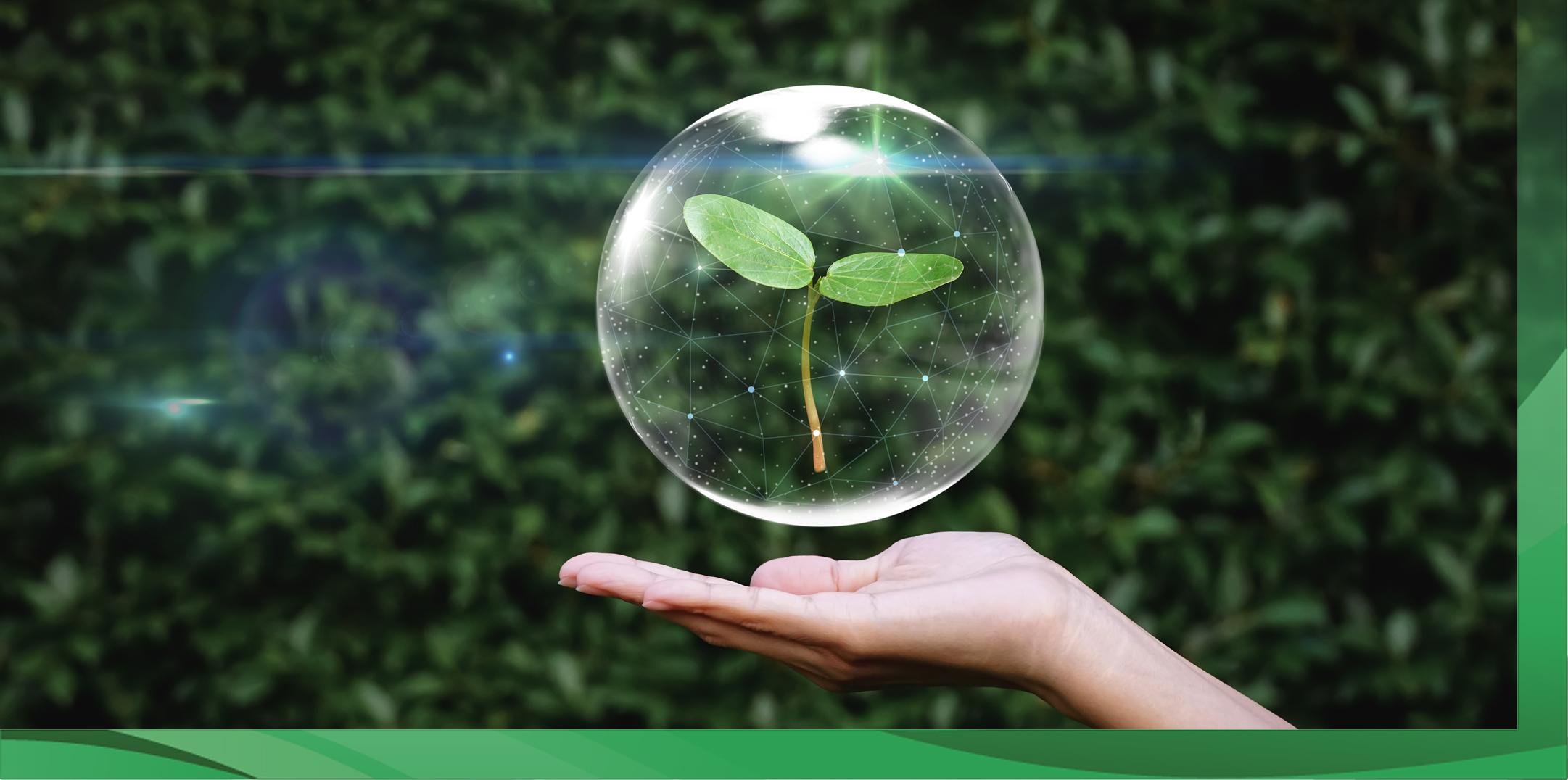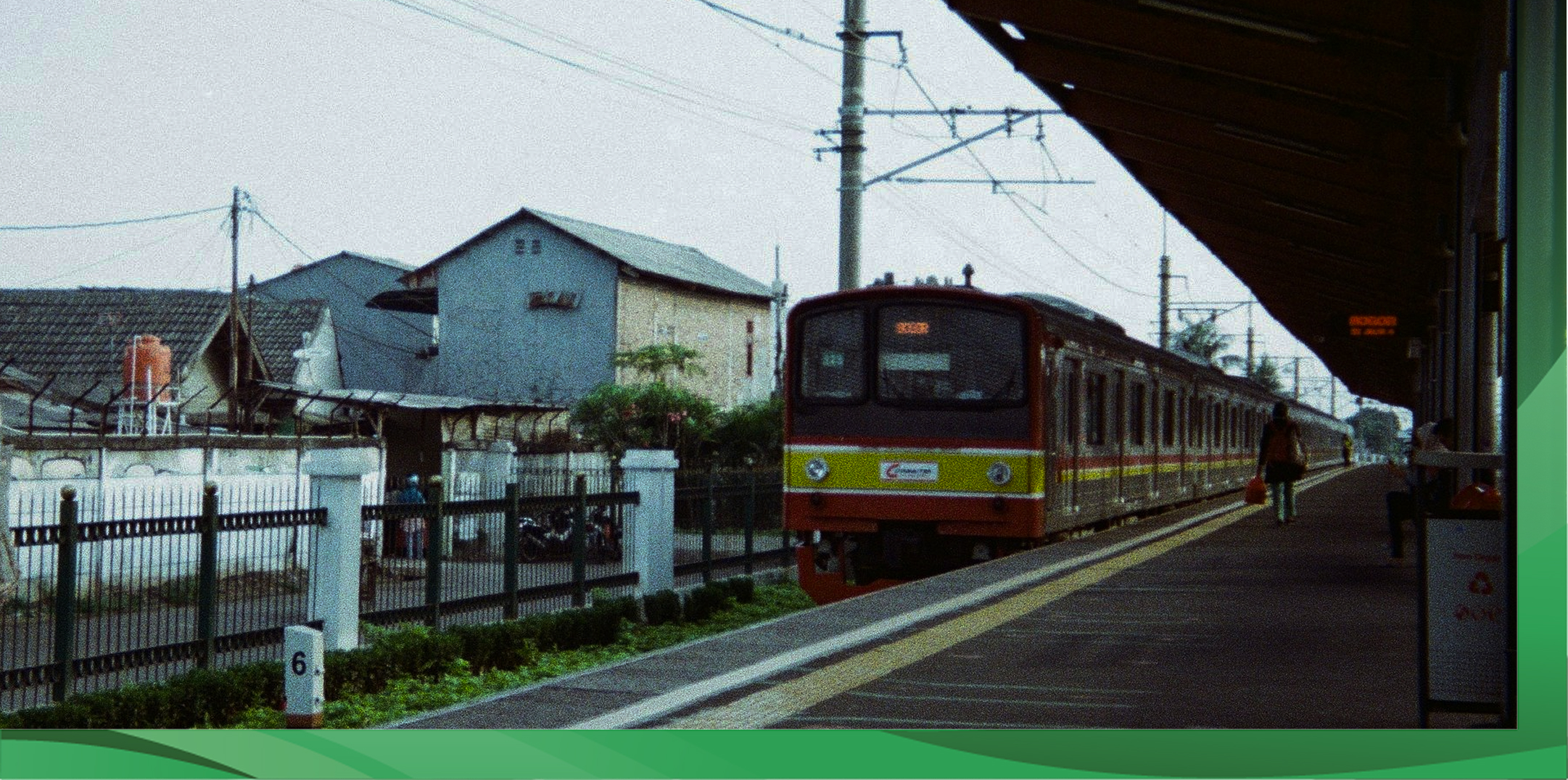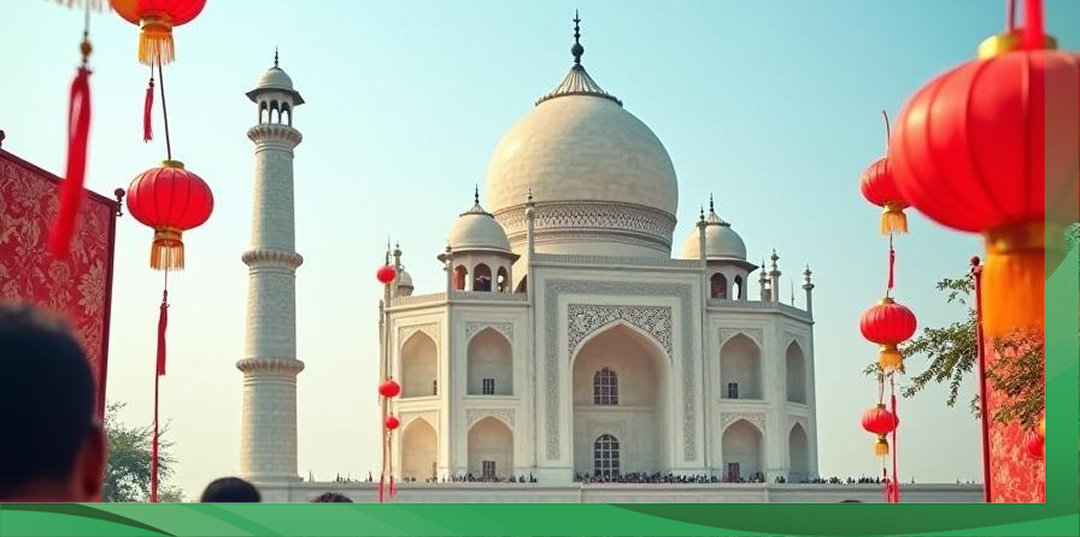Amid growing awareness of the need for sustainability, the circular economy has emerged as a pivotal approach to building eco-friendly economic systems. Unlike the traditional linear economic model—where goods are produced, used, and discarded—the circular economy offers innovative solutions by maximizing resource use and minimizing waste. It aims to eliminate waste entirely and promotes the continuous use of natural resources.
In a circular economy, products and services are designed to be easily reused or recycled. Rather than being disposable, items are created to be disassembled and repurposed for future production or to naturally decompose without harming the environment.
The goal of a circular economy is to reduce reliance on new materials while significantly decreasing waste. Its production and distribution processes prioritize renewable energy use, ensuring efficient resource management. The result is not only a more sustainable system but also a cost-effective one in the long run.
Transitioning to Circular Economy
Ellen MacArthur Foundation is one of the foremost organizations that are driving the transition to a circular economy. The foundation introduce a model that demonstrates the operation of the circular economy, with a particular emphasis on two primary categories of materials: renewable materials and finite/technical materials.
- Renewable Materials
Renewable materials such as waste from consumed biochemical stocks are reused for energy production or as agricultural inputs. This approach maximizes the energy derived from photosynthesis, which is at the core of the food chain.
- Non-Renewable Materials
For non-renewable materials, the circular economy encourages sharing and maintaining products to enable repeated use. Afterward, products can be refurbished for reuse before finally being recycled.
The objective of utilizing these two primary material categories is to reduce waste and guarantee that all products, regardless of whether they are derived from renewable or non-renewable resources, are optimized throughout their lifecycle.
We can establish an economic system that is more resilient and equitable while preserving the equilibrium of our planet’s ecosystems by incorporating the principles of a circular economy into the framework of a sustainable economy.













